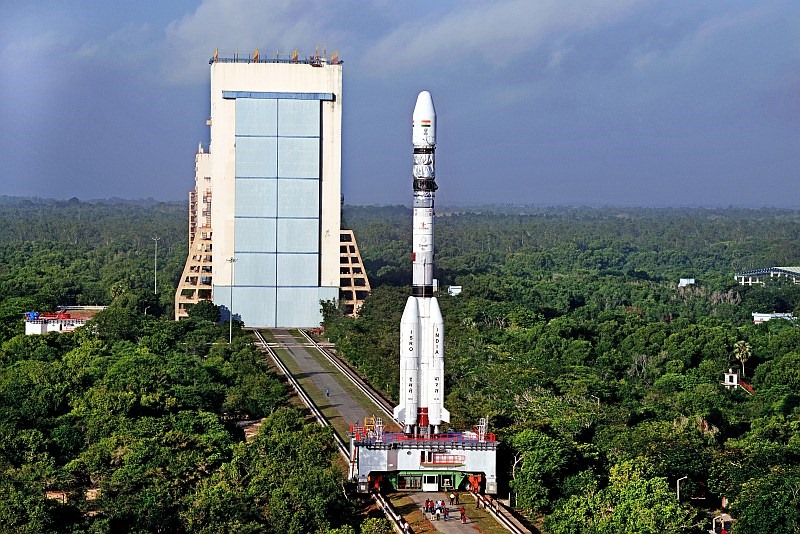And neither will it ever do so in future.
The Indian Space Research Organisation [ISRO], while developing the Geosynchronous Satellite Launch Vehicle [GSLV], had considered a configuration, involving use of 6 Strap-on Boosters, attached to its 1st stage Core engine. Delivering a lecture in 1994, then ISRO Chairman, Dr. K. Kasturirangan, shared details of the, still nascent, GSLV programme,
"GSLV is a three stage vehicle, the core being the 129 tonne solid booster as in PSLV, the second stage being a liquid propulsion system with a propellant loading of 37.5 tonne again as in PSLV, and the upper stage being a restartable cryogenic engine with a propellant loading of 12 tonne and using liquid oxygen and liquid hydrogen. The core with six ASLV type strap-ons, symbolically represented as (S125 + 6S9) + L37.5 + C12, is capable of launching 1,500 kg payloads into Geostationary Transfer Orbit (GTO) which forms the Mark 1 version of GSLV. By replacing the Mark 1 strap-ons with four liquid strap-ons of Vikas engine with a propellant loading of 40 tonne each, GSLV Mark 2 ( S125 + 4L40) + L37.5 + C12 is capable of launching upto 2.5 tonne into GTO."
Interestingly, Dr. Kasturirangan calls this variant as "Mk. I", & the one using Vikas Engines as 'Mk. II'. Today, however, MK-I refers to the earlier launched GSLVs, using Russian-supplied CUS, while the current MK-II uses an indigenous CUS engine.
ISRO never flight-tested this variant, though, relying, instead, only on the version that use the liquid-fuel Vikas Engines in the 'L40' Strap-on stage. If used, the solid-fuel 'S9' stage would, then, have had the distinction of being adopted for every Space Transportation System ISRO has developed, so far:
SLV-3 1st Stage --> ASLV 1st Stage --> ASLV Strap-on [2 Nos.] --> PSLV Strap-on [6 Nos.] -->GSLV Strap-on [6 Nos.] (earlier proposal)
Godspeed
Also read: Space Agencies & Manned Moon missions: International Astronautical Congress 2009
